After three years of exhibiting at the HortEx show, last week Peter de Boer with Cyklop sold several flower binding machines during the third edition of the horticultural exhibition in Ho Chi Minh City, Vietnam. It is an example of how the Vietnamese industry is adapting techniques that are new to the market.
Click here for the photo report.
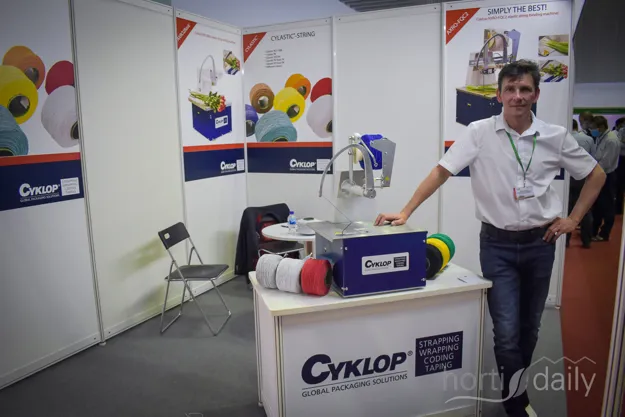
Growing market
For many years now the Vietnamese agricultural industry has been growing. Both the internal market as well as the export has been on the rise, the last one even by 22 per cent on average annually for almost a decade by now, according to the numbers shared by the Vietnam Academy of Agricultural Science. President Nguyen Hong Song added that also the production of fruits, vegetables and flowers is growing in terms of acreage, productivity and value. This growth is supported by the Vietnamese government as well.

Click here for the photo report.
Yet as was shown at the HortEx show last week, the Vietnamese market is on some levels still in its infancy. This goes for the size of the companies, the development they go through, the production facilities and also for a big part for the post-harvest chain. The value chain is unstable and quality loss is a challenge yet to be conquered by the biggest part of the market.
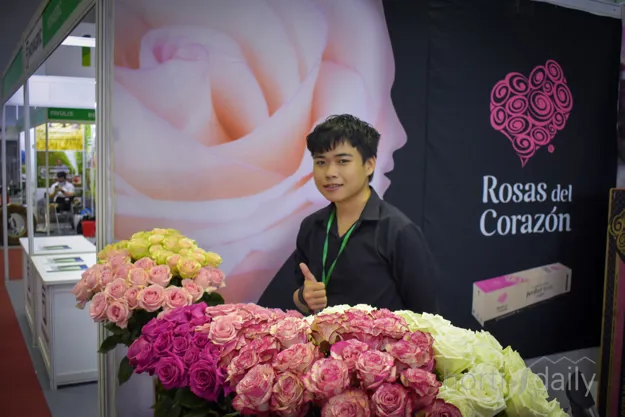
Gap between companies
Remarkable in the Vietnamese market is the big discrepancy between the majority of the industry and the few players operating in the high tech field, like Bejo Vietnam and Dalat Hasfarm, of which the latest will be expanding both their high tech vegetable as well as their plant growing acreage in the next years again. Back in the early nineties, the company was one of the first to build their enterprise in the Da Lat region and started growing in this higher altitude region by using greenhouses and other horticultural techniques, expanding year after year.
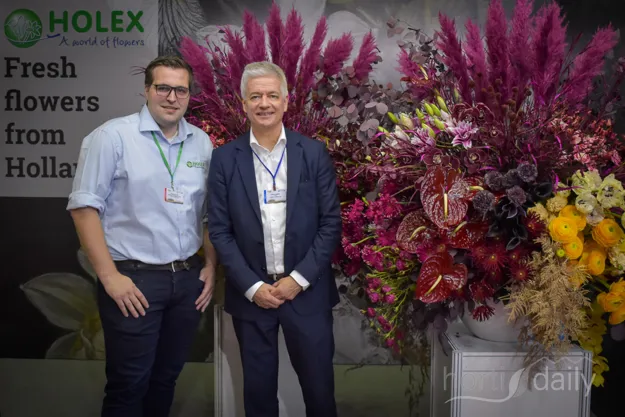
Only a handful of these companies make the market nowadays already interesting enough for a number of international suppliers. In addition, the accomplishments by Dalat Hasfarms also function as an example and inspiration for other growers and over the last years more concentrated grow areas are being set up. Combined with the opportunities in the market, growers are focusing more on improving quality to connect to the (export) markets.
Click here for the photo report.
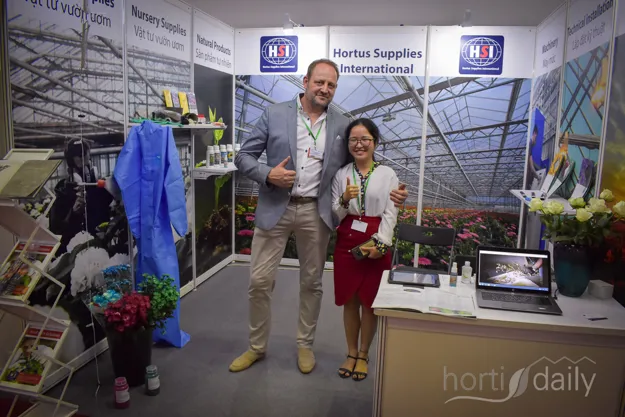
Challenges
Yet the small average company size and the lack of access to investment money is a burden for many growers since technical investments often have an ROI that puts them out of reach. In addition there's the lack of knowledge and the availability of the right techniques. The HortEx show, which is also supported by the government, tries to help close this gap by bringing together growers and the suppliers. International companies have joined the event to show their products and to share information during the technical and the export seminars that were organised on two days of the three day show.
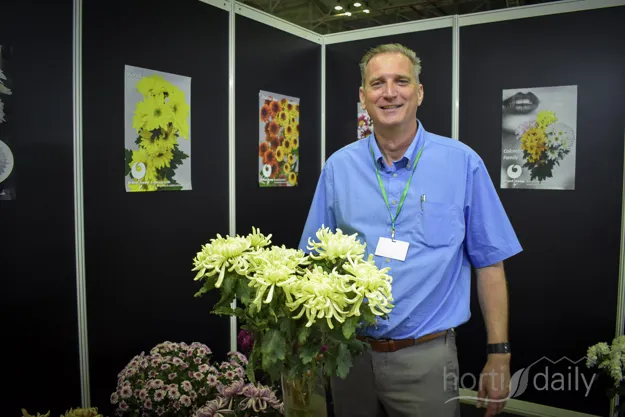
The show took place in the midst of the Covid-19 outbreak, and although this affected the number of exhibitors and visitors, the participants are keeping faith in the market and are convinced this is a temporary hiccup and await how step by step the majority of the Vietnamese horticultural market will continue to develop.
The next HortEx show will take place from 17-19 March 2021!
